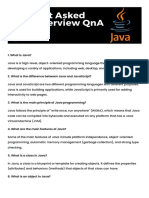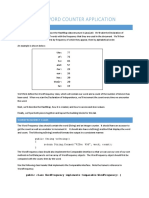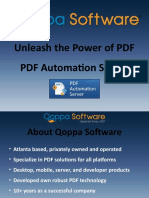0% found this document useful (0 votes)
21 views9 pagesJava Very Basics Q&A
The document provides a comprehensive list of beginner-level questions and answers about Java programming, covering essential topics such as Java features, data types, control statements, and object-oriented concepts. It also includes historical context, key milestones in Java's evolution, and important characteristics of the language. Additionally, it offers a beginner checklist of crucial concepts to understand when starting with Java.
Uploaded by
ssuryaganesh20Copyright
© © All Rights Reserved
We take content rights seriously. If you suspect this is your content, claim it here.
Available Formats
Download as PDF, TXT or read online on Scribd
0% found this document useful (0 votes)
21 views9 pagesJava Very Basics Q&A
The document provides a comprehensive list of beginner-level questions and answers about Java programming, covering essential topics such as Java features, data types, control statements, and object-oriented concepts. It also includes historical context, key milestones in Java's evolution, and important characteristics of the language. Additionally, it offers a beginner checklist of crucial concepts to understand when starting with Java.
Uploaded by
ssuryaganesh20Copyright
© © All Rights Reserved
We take content rights seriously. If you suspect this is your content, claim it here.
Available Formats
Download as PDF, TXT or read online on Scribd
/ 9
























































































